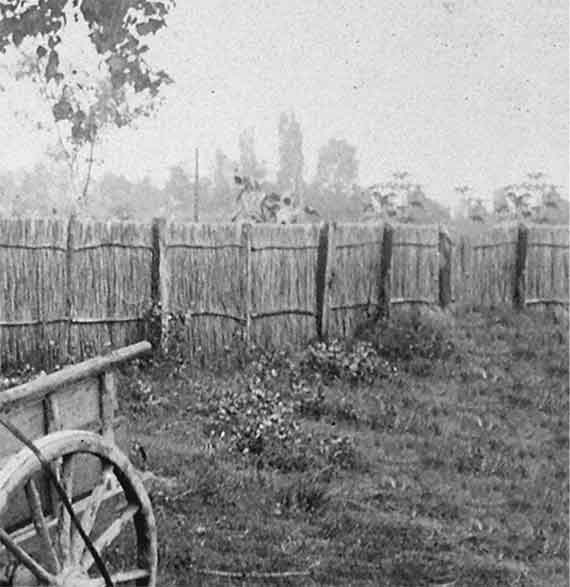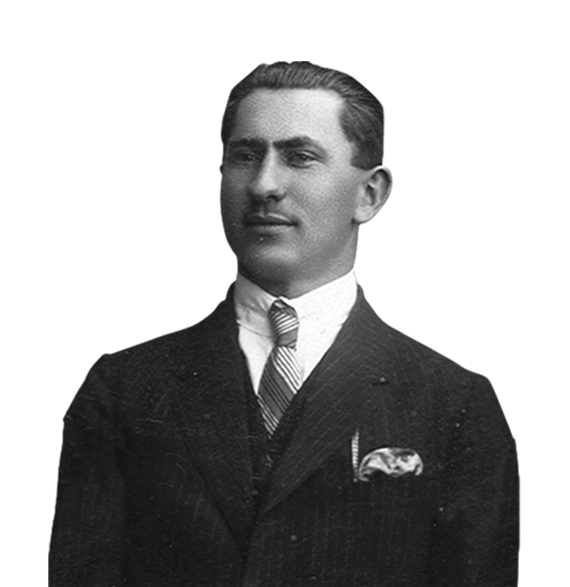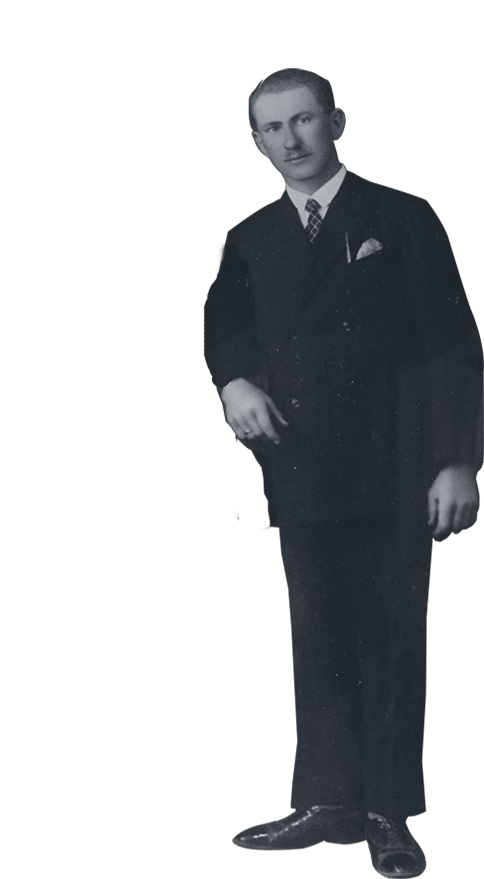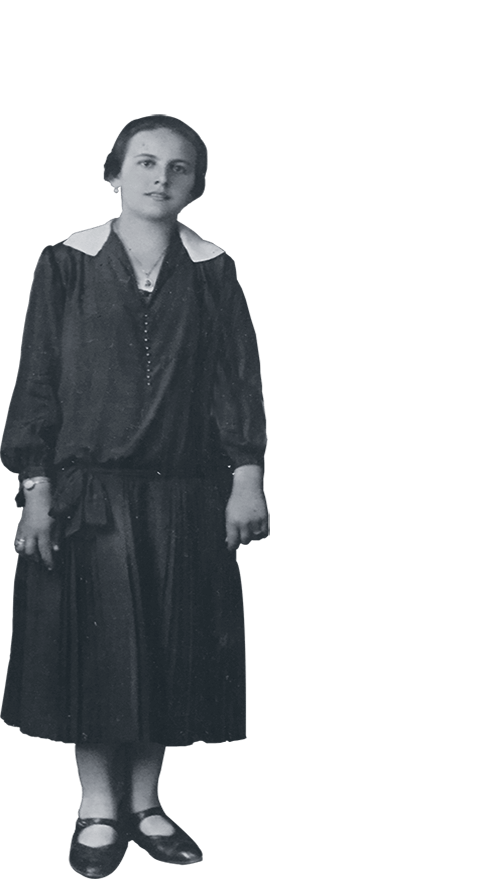THEHungarian delegation signed it, under protest, on June 4, 1920 in a palace on the opulent estate of Versailles, France. Once filling the entire Carpathian Basin, Hungary was now diminished to less than one-third of its former size. Many proud Hungarians thought their country had been “crucified” or irreparably torn.


Marcali and my family’s farm (by Lake Balaton) were well within Hungary’s new borders.
PRIZED CITIES:Pozsony (Bratislava), Zágráb (Zagreb), Kolozsvár (Cluj-Napoca), Kassa (Košice), among others.
POPULATION:Sixty percent of Hungary’s total population was now across the border, diminishing Hungary’s cultural diversity.
ETHNIC HUNGARIANS:About three million Hungarians were now citizens of other countries.
INDUSTRY:One of the best flour milling industries in Europe, for example, was demolished by the treaty—most of Hungary’s mill suppliers were now across the border.
RESOURCES:mines, forests, hills, upland pastures, waters, access to the sea, and a tremendous amount of gorgeous scenery.

After all the wretched events Hungarians endured between 1914 and 1919, the treaty seemed utterly draconian, irrational, and unjust. And from the moment the country came into being, it was derisively nicknamed "Rump Hungary.” Many Hungarians began fantasizing that their country could somehow become “whole” again. With a restored Greater Hungary, they could regain their pride.
People are angry to this day. Hungarian nationalists put Greater Hungary bumper stickers on their cars, fly Greater Hungary flags in front of their houses, and some even wear Greater Hungary underwear.
From June 4, 1920 onward, all flags in Hungary were flown at half-mast ... and would remain so for the next 18 years.
MEANWHILE,the anger overflowed into a horrific reactionary crackdown known as the White Terror—a violent response to Béla Kun’s 133-day Soviet regime and Red Terror campaign in 1919.
The White Terror began in Budapest and spread to the countryside. Civilian militias, backed by Regent Horthy’s National Army and land-owning aristocrats, terrorized any suspected collaborators of the 1919 Soviet Republic (including Jews by association). They committed unspeakable atrocities, far more than were committed during the Red Terror.
INMarcali, József Széchényi (the 22-year-old son of Marcali’s wealthiest noble family) joined the exceptionally bloodthirsty Prónay Battalion. This large group of aristocrats roamed the countryside looking to inflict violence on peasants, women, communist sympathizers, and Jews (who were suddenly Hungary’s most visible minority). The Széchényi mansion was one of their stopping points.

THE SZÉCHÉNYI FAMILY was still the richest family in Marcali: Andor Pál and his three children, József (22), Julianna (20), and Endre (18), now lived in the family mansion in Marcali’s town center.

The district police had already rounded up over 80 communist and Jewish “suspects” and penned them in the courtyard of Marcali's local Jewish school. Then József Széchényi’s radical Prónay Battalion took control.
They sadistically tortured nearly all of their 80 captured suspects, convicting 24 as “communist sympathizers.” They immediately hanged 18 of these men in Marcali’s downtown prison, and shot the remaining 6 in the woods, including the son of Ignác Mayer, Marcali’s prominent Jewish lawyer and banker (and the owner of the biggest house downtown, apart from the Széchényi castle). They tortured and released Mayer's law partner Antal Dénes (also Jewish) and hanged Dénes's brother, Izidor.

Across Hungary, at least 3,000 Jews and alleged communists had been tortured and killed by paramilitary battalions by 1921. Seeking to reestablish traditional hierarchies on the manors between masters and servants and to reinforce male dominance, these paramilitaries also terrorized peasants and women.
Such was the animosity against Béla Kun, the “Soviet experiment,” and Jews in general that 70,000 political and labor activists were jailed interminably and more than 10,000 Jews were deported for no good reason.
HORTHY'Sfirst Prime Minister, Pál Teleki, formalized this terrorizing climate into law in 1920.

Numerus Clausus reduced Jewish admissions in Hungarian universities to six percent (the percentage of Jews in Hungary). Keep in mind that the majority of Hungarian Jewry were highly assimilated, spoke Hungarian as their mother tongue, were not religious, and had converted in significant numbers to Christianity.
The law also put severe limits on women’s admissions. Those in power considered feminism a ridiculous concept: why would women want to pursue higher education and become “alienated” from their true happiness in the home? Numerus Clausus thus secured the male, Christian, nationalist, conservative hegemony of the Magyar nobility.
“I HAVE CONSIDERED IT
INTOLERABLE THAT
HERE IN HUNGARY
EVERYTHING,
EVERY FACTORY, BANK,
LARGE FORTUNE, BUSINESS,
THEATER,
PRESS,
COMMERCE,
ETC.
SHOULD BE IN
JEWISH HANDS
AND THAT THE JEW
SHOULD BE THE IMAGE
REFLECTED OF HUNGARY,
ESPECIALLY ABROAD.”
- REGENT MIKLÓS HORTHY



Ede Teller, who could calculate in his head the number of seconds in a year, left for Germany. So did Leó Szilárd. Both would become famous physicists, working on the Manhattan Project in the U.S. during World War II.


Numerus Clausus also limited Jewish faculty positions. Since Marcali native Henrik Marczali (who had written the most important history to date about Hungary within the Habsburg Empire) was Jewish, he was suddenly dismissed from his university post in Budapest, never to be employed again. About 100,000 of Hungary’s most talented artists and intellectuals (many of them Jewish) emigrated from their increasingly inhospitable homeland.

MEANWHILE,Horthy ally Gyula Gömbös emerged as a powerful figure on the radical right during the 1920s. He led his own paramilitary unit during the White Terror, killing leftists and Jews with impunity.


Gömbös looked primarily to race as the basis for nationality. He identified with the story of Prince Árpád and advanced romanticized myths about Hungary’s origins.
Actively anti-Semitic, Gömbös co-founded the “Party of Racial Defense” in 1920, and then organized “The Association of Awakening Hungarians” in 1923. For Gömbös and others, Jews would never count as “true” Hungarians.
DURINGthis time of great tumult, everyday life moved on for other Hungarians, more than half of whom continued to earn a living from farming.

Marcali’s petit bourgeoisie — the smith, cobbler, tailor, and all the retail traders who operated the stores and bars downtown — took on apprentices and served the farming community.




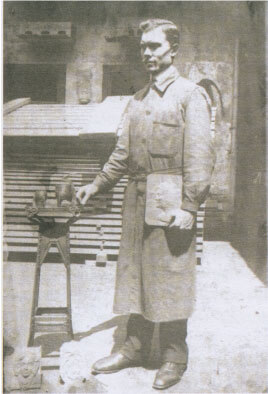

Béla Hikman was a prominent member of this group. He was an extraordinary craftsman who operated an ornamental ironworks shop on Erzsébet (now Petőfi) Street.
Coming from a poor family, Hikman distinguished himself as an apprentice, then moved to Budapest for further training, and opened a shop in Marcali in 1924. He became famous around the region for his street fences, cemetery gates, architectural decorations, and balconies, which graced the many private villas being built around Lake Balaton.
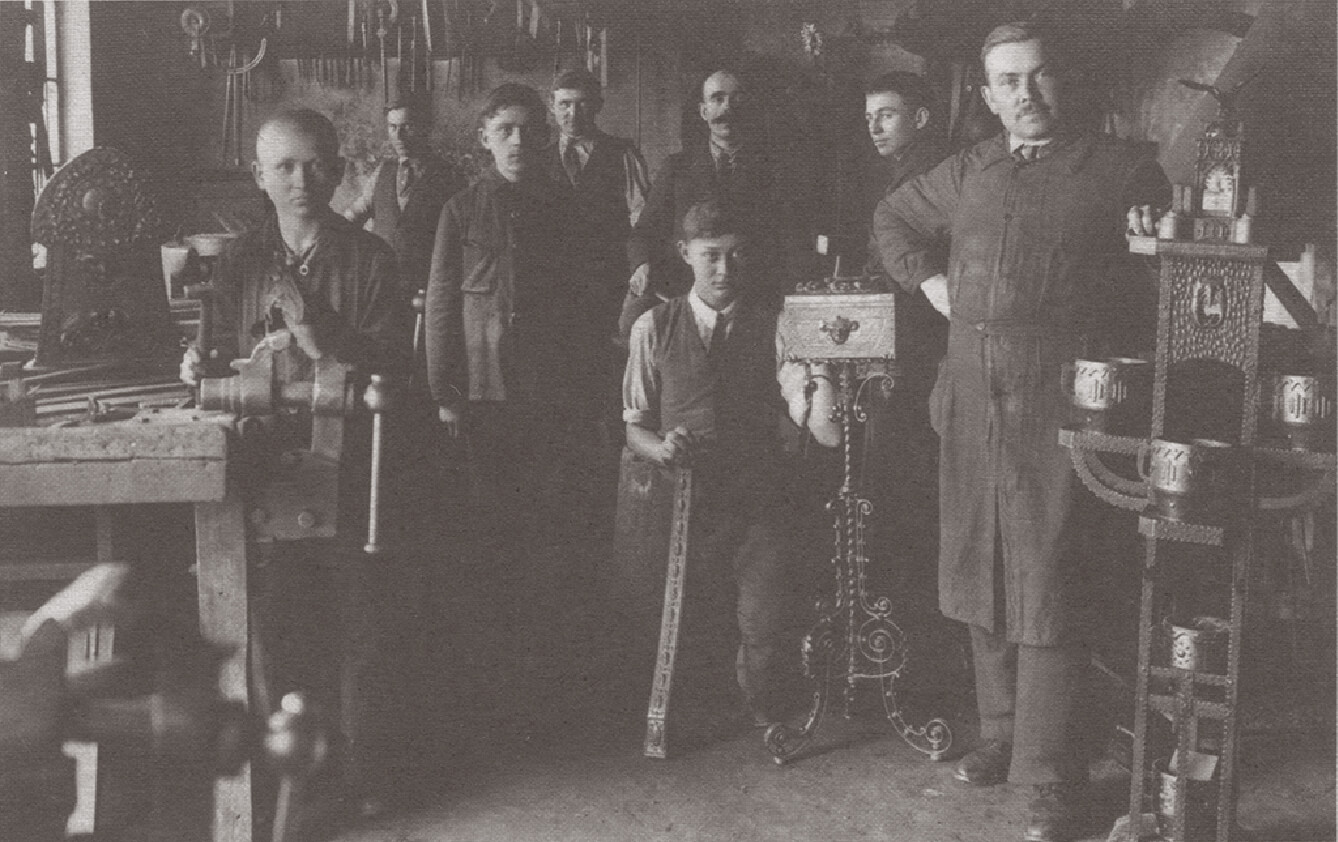

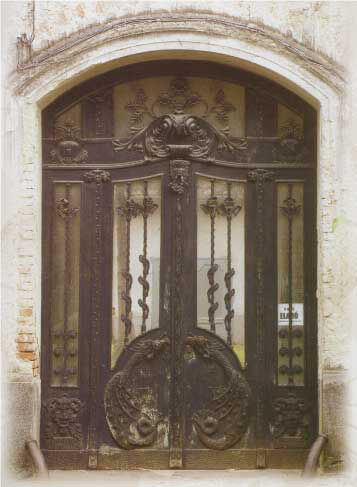

1926
WHENMarcali built (with great pride) this impressive new grade school in 1926, Béla Hikman’s workshop prepared the plumbing.



Celebrated for his craftsmanship in the 1920s, Hikman had no idea that in about thirty years his successful business would make him a "tight-fisted kulak" and enemy of the state, just like my family ...
ASfor my family, my grandfather Pista (István) Fábos and my grandmother Gizi Vajda got married in 1926.


About 35km north of Marcali, Héviz is the second largest thermal lake in the world, known for its magnificent therapeutic properties.
Héviz had become an increasingly popular destination. Having discovered the concept of vacation, an increasingly wealthy urban middle class (mostly coming from Budapest) flocked to Héviz and the resorts around Lake Balaton.

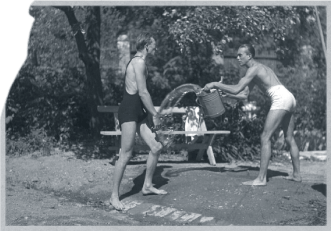

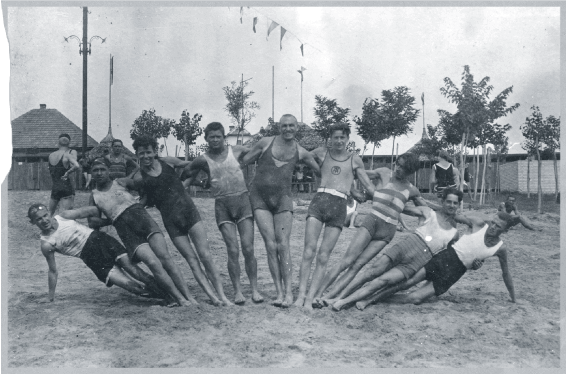


HOWEVER,there was increasing prosperity. Pista sold Gizi’s valuable Héviz land to double the size of the Fábos family farm, which now stretched above their house for 120 acres (50 hectares), suddenly making it the largest farm (apart from the Széchényi estate) in Marcali. Pista began to hire peasant laborers to help with the harvests.
The couple moved into this big two-story house that Pista built, a few kilometers from Marcali’s town center.


As partners in marriage, Gizi and Pista’s temperaments were well suited for each other.


ASfor sadistic Marcali nobleman József Széchényi, his raging right-wing brutality (and possibly the safari hat) had become an embarrassment to his aristocratic father, Andor Pál Széchényi, who represented the old conservative right: limiting Jews’ prosperity and depoliticizing communists was one thing; killing them was another. Andor Pál exiled his son József to Csömend, about 7 kilometers away, and the town of Marcali acted as if his crimes had never happened.
